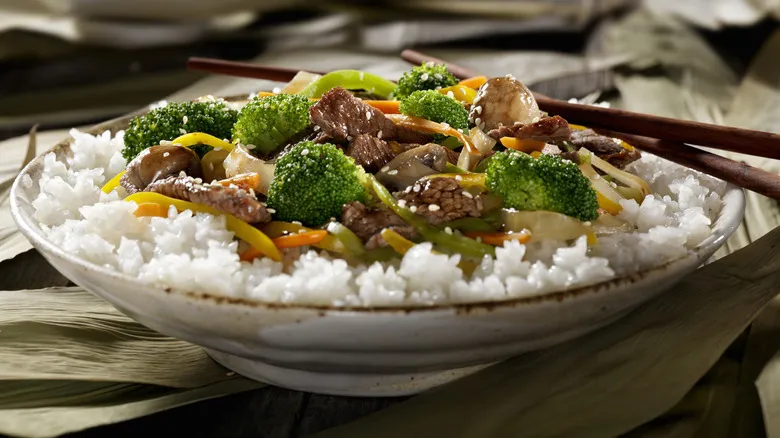Flank steak is one of the most popular cuts for this dish
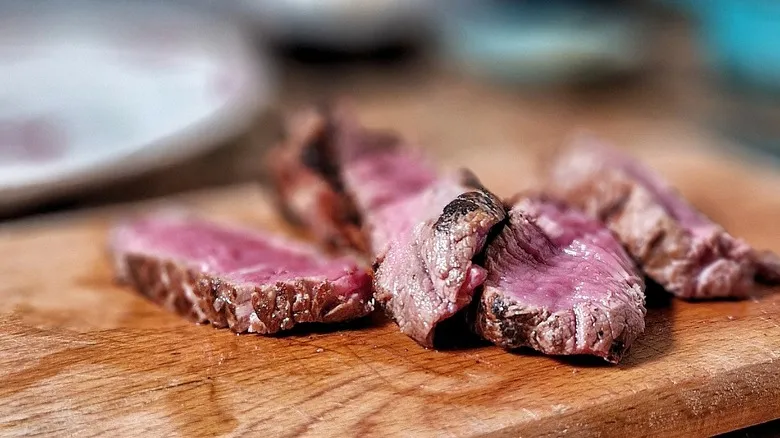
If you step into an Asian specialty market, you'll discover thinly sliced meats tailored for dishes like ramen, kalbi, or hot pots. However, for beloved stir-fry recipes such as beef and broccoli, flank steak is the star. This cut of beef is sourced from the abdominal muscles located on the lower rear of a cow's belly, just below the loin. It is lean and packed with flavor, making it a standout in dishes that feature bold sauces and umami-rich ingredients.
Due to its lack of marbling and long muscle fibers, flank steak is best when marinated or cooked at high temperatures. This method is ideal for beef and broccoli, where the meat is traditionally "velveted"—a process that involves tenderizing it with baking soda (and often corn starch) before marinating in soy sauce, oyster sauce, and a rice wine like Shaoxing or mirin. Additionally, flank steak is generally a more affordable cut, making it perfect for restaurants looking to maximize profits and home cooks wanting to stretch their budgets.
Since the steaks are usually a bit too thick for stir-frying, it's advisable to butterfly them first. On YouTube, Chef J. Kenji López-Alt showcased the optimal technique for preparing lean beef for stir-fry: Cut the meat into 2-inch wide strips along the grain, then slice at a 45-degree angle against the grain into one-inch pieces. This method increases surface area, shortens the grain, and reduces cooking time.
Alternate cuts for the best beef and broccoli
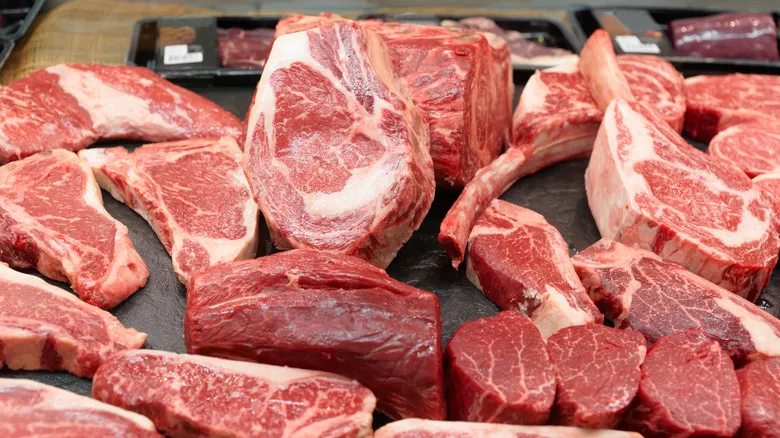
Generally, any cut of beef that has long muscle fibers and lower fat content—typically from the "active" parts of the cow—will work well in a beef and broccoli stir fry. Skirt steak, which comes from the inside of the abdomen, offers a rich beef flavor but is distinct from flank steak. These cuts are already relatively thin, so you just need to slice them into 1- or 2-inch pieces. Sirloin is another good option, although it may require slicing into two or more thinner steaks before cutting into individual strips. Alternatively, you can follow chef Jeremy Pang's suggestion from his YouTube channel, School of Wok, to dice the meat and tenderize it by flattening it with a sturdy cleaver. While sirloin has a milder flavor, it is a lean cut and often a good value. As a general guideline, avoid thicker, juicier cuts like filet mignon or Denver steak, as their higher fat content can negatively impact the stir fry, and they tend to be more expensive.
No matter which cut you select, remember to slice against the grain and velvet the meat. Be sure to rinse off any baking soda before seasoning and cooking, although some recipes skip this step and include a small amount of bicarbonate of soda in the marinade. Serve the stir fry over steamed rice, and you'll be transported to your favorite takeout spot or food court in no time.
Recommended

The One Dish Wolfgang Puck Made For The Oscars For 20 Years
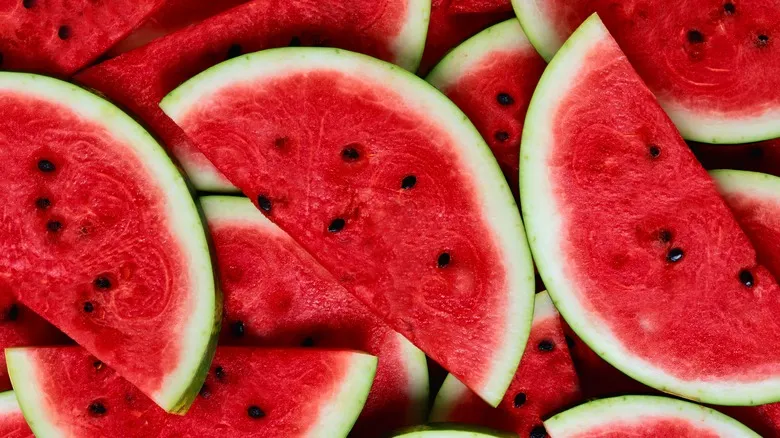
The Most Efficient Way To Get Rid Of The Seeds In Your Watermelon
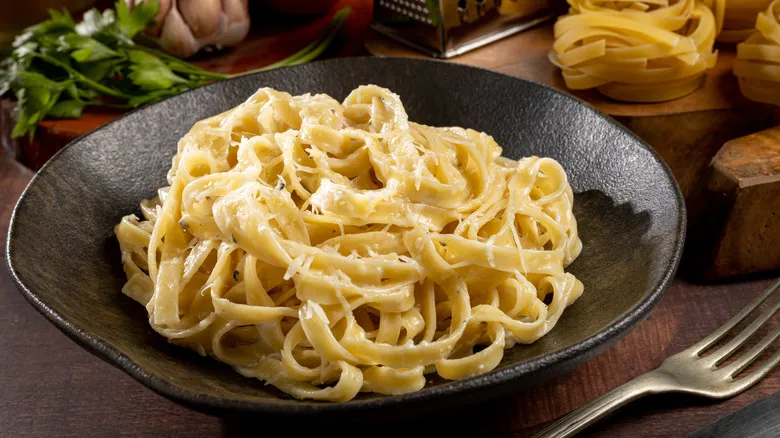
Improve Store-Bought Alfredo Sauce With One Staple Seasoning

Customize Your Yakisoba Like Ramen For Better Instant Noodles
Next up

